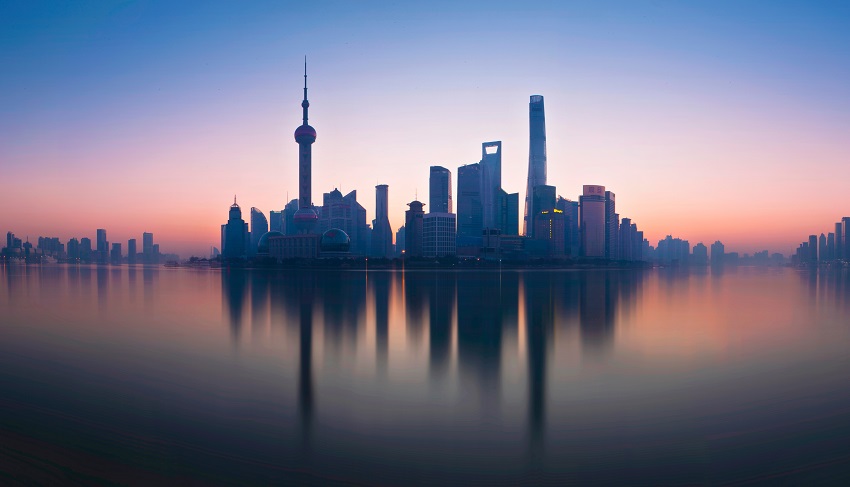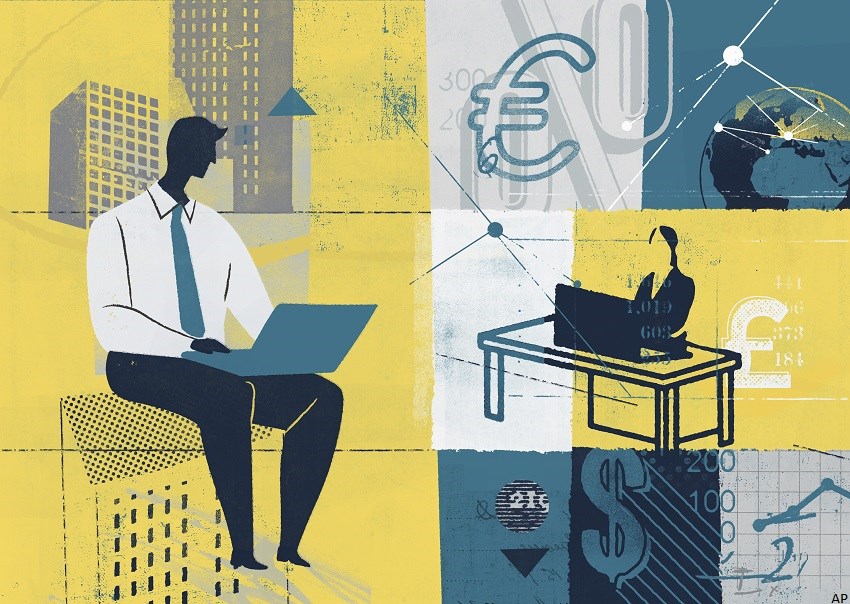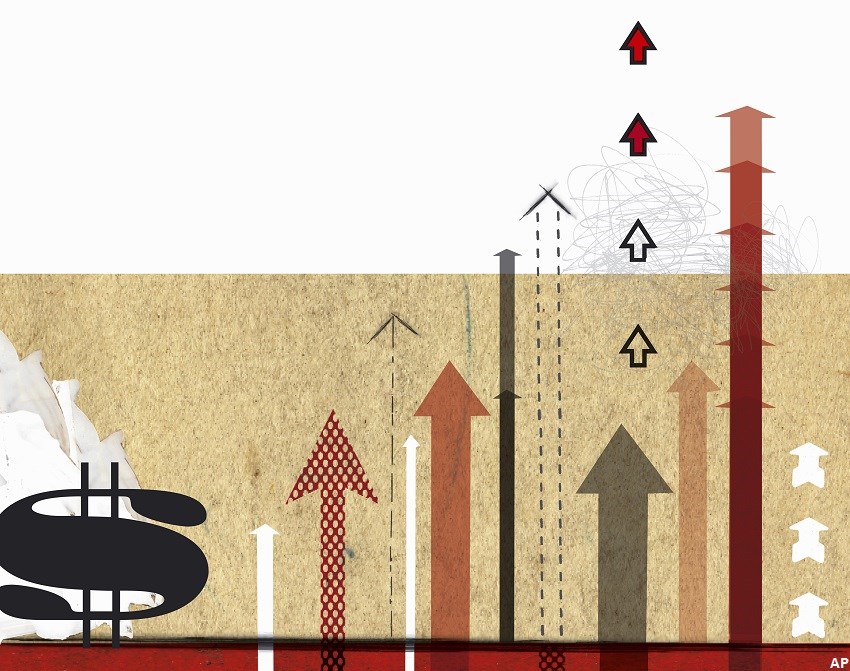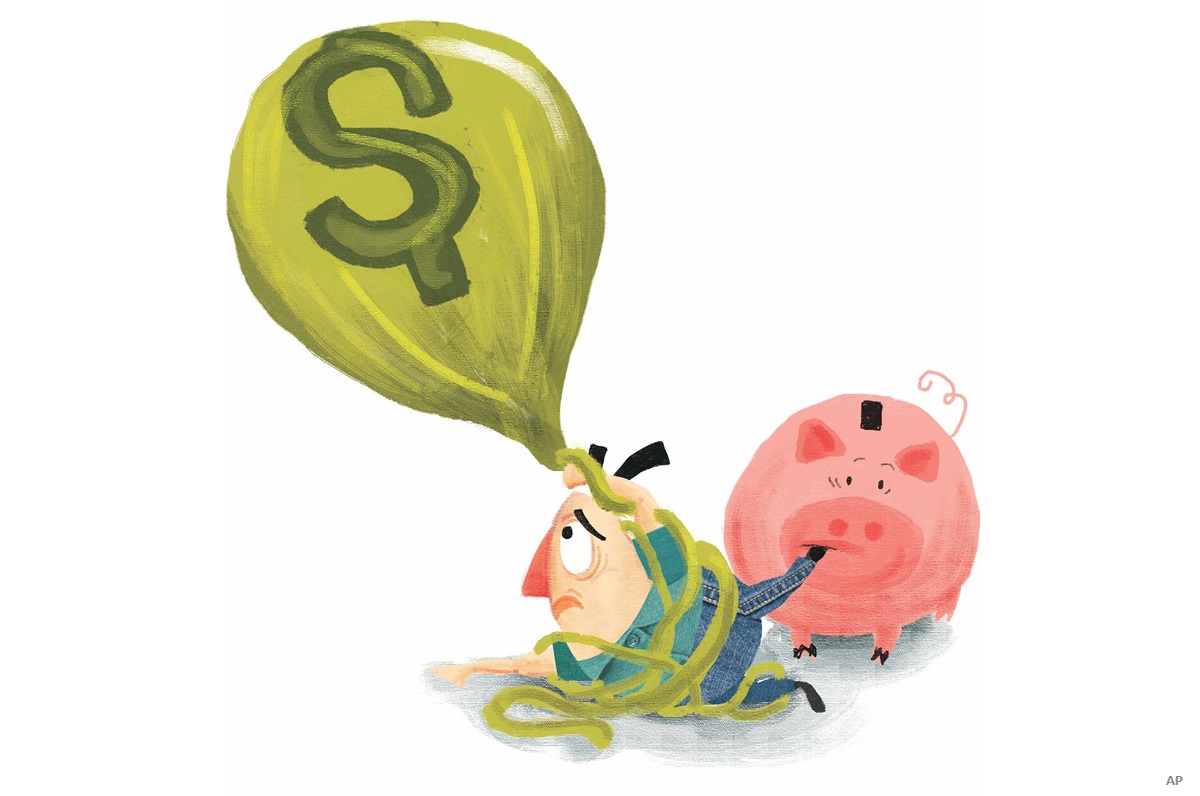
It’s been a painful three years in the emerging markets equity space, but that doesn’t mean it’s going to last forever.
With the impact of COVID-19 and a struggle to maintain a “zero-tolerance” in China, as well as the roller coaster ride of the U.S. dollar, against which many emerging economies peg their currencies, portfolio managers in the area have had to do some maneuvering. More recently, it’s the impact of the Russia-Ukraine conflict that has contributed to skyrocketing oil prices, and put a damper on global growth.
How Much More Can Happen?
“I’d have to say it’s very much a case of ‘all of the above’,” says Philippe Langham, lead manager of the 4-star silver-rated $5.8 billion RBC Emerging Markets Equity Fund F, and head of emerging market equity at London-based RBC Global Asset Management (UK) Limited. “U.S. dollar strength tends to be a headwind for emerging markets equities. They tend to do better in periods of U.S. dollar weakness and we’ve had a good few years of U.S. dollar strength. The Russia-Ukraine conflict has also definitely had an impact and Russian stocks have completely collapsed. They were not a huge part of the index, but they have fallen so far that they have had a relatively meaningful impact on the index overall. And they have had a knock-on impact in terms of concerns about inflation perhaps becoming more structural rather than cyclical.”
But the biggest headwind in the last 18 months, Langham adds, has originated in China. “China is important because it is such a big part of the MSCI Emerging Markets Index. At its peak, just over a year ago, it was over 40% of the EM benchmark. It has come down to about 31%. One of the most important recent developments in China is the regulation of the internet sector, which once accounted for almost 50% of the market. “There’s been a collapse of internet stocks as a result of that regulation,” says Langham. Another development in China was a very tight monetary policy, in stark contrast to the easy-money policies in Western countries. “We saw very little lending and real interest rates were relatively high. That tighter policy definitely had an impact on overall growth,” says Langham, a London native who joined RBC in 2009, where he heads a 10-person team. Prior to joining RBC, Langham worked at Credit Suisse and the Kuwaiti Investment Office and spent several years as a chartered accountant.
China’s Covid Conundrum
“More recently, the factor that has continued to hit markets, and is the most relevant factor, is China’s zero-COVID policy,” Langham adds. “It worked well for much of the pandemic. But with the [emergence of the] Omicron variant it has become very challenging. At some point, our view would be that China will move away from this policy, in the same way, the rest of the world has. It has to learn to live with the virus. But at the moment it is difficult for China to do so because vaccine rates are not as high, and the efficacy of their vaccines against Omnicron is not as strong as those in the west.”
Is there a proverbial light at the end of the tunnel for investors? Langham’s response is to focus on valuations between EM stocks and those in developed markets. “Emerging markets look very cheap. And currencies also look very attractively valued. At the same time, you have a very good growth outlook. Long-term growth should be solid, supported by a growing consumer. You also have penetration levels in a lot of different areas that are relatively low but have the ability to catch up in terms of technology and favourable demographics. Our view is that, ultimately, this will lead to an improvement in earnings and margins. Over the long term, that will support much better markets.”
Not Another Asian Crisis
Putting the current bear market into perspective, Langham notes the worst bear market he has experienced was the Asia crisis in the late 1990s. “There was a lot of concern whether economies would be able to fund their current account deficits. For me that was the worst period,” observes Langham. “Today, economies are in much better shape, have much stronger reserves and are far more resilient. For me, it’s a very different time.”
Langham estimates that the discount between EM and developed markets is about 40% on a price-to-book-value. “It’s at a 20-year high,” says Langham. “That discount is relatively consistent across different sectors. One sector that is noticeably cheaper is technology, which is quite expensive in many developed markets. Most sectors fit in with that very steep discount to developed markets.”
How Long Will the Discounts Last?
The problem is that EM markets trade in cycles, with long periods of bull and bear markets. “It’s very difficult to identify the exact turning point. But often there is a lot of despair at the end of a long period of under-performance. That’s broadly where we are now,” argues Langham. “When we see the current discount for EM stocks, relative to developed markets, that would be a sign that things are likely to be bottoming.”
Year-to-date (May 6), the fund has returned -13.62%, versus -15.44% for the Emerging Markets Equity category. Over three, five and ten years, the fund has returned an annualized -1.7%, 1.9%, and 6.82%. In contrast, the category returned an annualized -1.04%, 0.76% and 3.93% respectively.
It will take a combination of positive factors—such as strong domestic growth, investment-friendly governments and a wide discount between EM stocks and those in the developed market—to move markets forward. “Generally, after you’ve come through a weaker period of growth, you find that tends to be a strong signal for reforms,” says Langham. “There are investment-friendly markets such as Indonesia, India, or many Latin American countries. Ultimately we should start to see better politics. And that will lead to factors that will support growth.”
From a sector standpoint, financials are the largest sector in the portfolio at 28.37%, followed by technology at 25.5%, consumer cyclicals at 11.39%, healthcare at 11.68% and consumer defensive at 11.65%. On a geographic basis, China is the largest weighting at 19.6%, followed by Taiwan at 15.7%, India at 15.6%, and South Korea at 11.2%.
A bottom-up stock picker, Langham and his team focuses on quality companies that demonstrate steady growth and high returns on equity and capital and have strong balance sheets. “One of the things we also spend a lot of time on is management quality,” says Langham, adding that he seeks management that is trustworthy and has a long-term mindset and is prepared to invest in the business. “We believe that can make a significant difference to the outcome of a holding.”
Although Langham and his team are largely bottom-up, they don’t ignore the top-down. “We think about long-term themes and issues such as political risk and currency valuation. We also look at those areas that are likely to see the best long-term growth—such as green infrastructure or health and wellness are themes that we think will do well over the long-term. We will try to position our portfolio more in those areas.”
Running a portfolio of about 50 holdings, and tending to be a buy-and-hold investor, Langham cites firms such as SK Hynix Inc. (000660), a South Korea-based manufacturer of memory semiconductors, which was acquired about two years ago. “There are very high barriers to entry, as a result of the large amounts that the three main players have spent on R & D. It’s a very capital intensive and complex business,” says Langham, adding that the firm’s products are used in servers, smartphones, personal computers and data centers. “As a result of all these factors, we feel that Hynix will be an example of sustainably high returns.” The stock trades at about 1.1 price-to-book and about a 20% discount to its peers. “For us, those are very attractive levels,” says Langham, adding that the company’s return on capital is in the high teens and it generates 10-15% earnings growth per annum.
Another favourite is Bank Central Asia PT (BBCA), an Indonesian financial services firm, which has been in the portfolio for five years. “It is very much a best-in-breed bank and has the highest return on assets (ROA) in Indonesia and one of the highest ROAs of any emerging markets bank. It is the leading bank in Indonesia,” says Langham, adding that the bank has a strong deposit franchise and almost 80% of its deposits are in the form of low interest rate accounts. “The bank is very innovative and has taken a real lead in terms of its digital presence.” The stock is trading at four times its price-to-book, which is admittedly expensive. “It is pricey, but that is broadly where its long-term average is,” says Langham. “But we look for high-return companies that over long periods will churn out good results. That’s what we see in the bank and believe it can be a solid mid-teens earnings growth company for many years to come.”






















